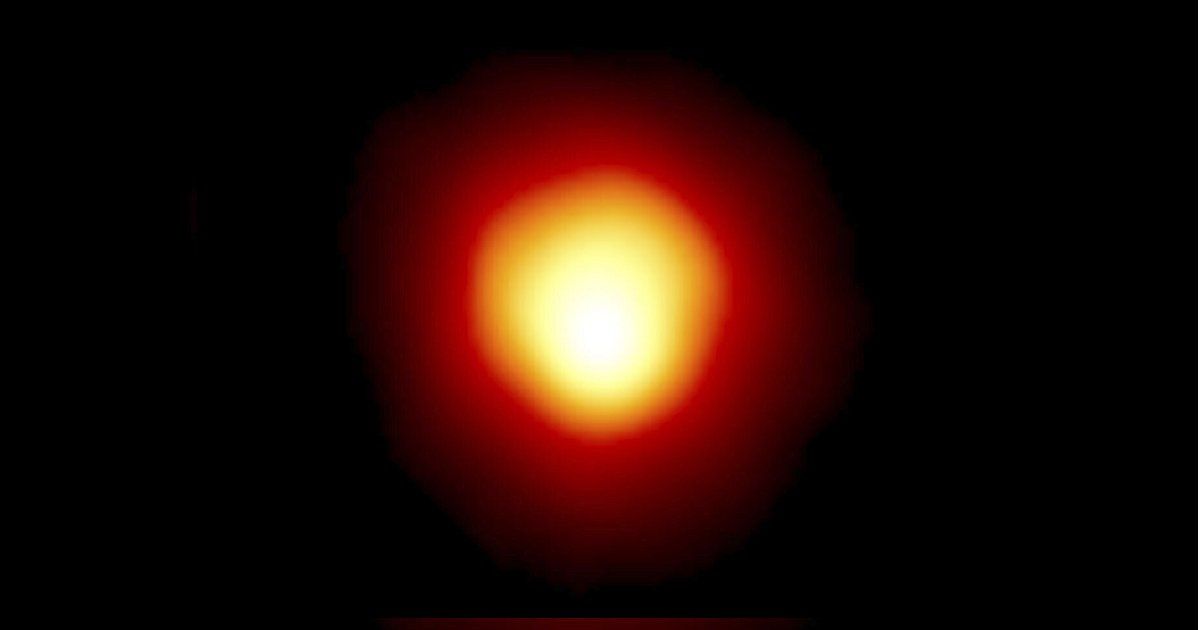CAPE CANAVERAL.- One of the largest and brightest stars in the night sky will briefly disappear when an asteroid passes in front of it to cause a unique eclipse.
This unusual and short-lived spectacle will take place Monday night through Tuesday and will be seen by millions in a narrow strip from Tajikistan and Armenia in Asia to Turkey, Greece, Italy and Spain, to Miami, the Florida Keys and parts of Mexico.
The star is Betelgeuse, a red supergiant in the constellation Orion. The asteroid is Leona, an elongated space rock slowly rotating in the main asteroid belt between Mars and Jupiter.
Astronomers hope to learn more about Betelgeuse and Leona during the eclipse, which will last just 15 seconds. Observing Leona’s eclipse of a much dimmer star in September, a Spanish team of astronomers calculated the asteroid’s dimensions to be 55 kilometers (34 miles) wide and 80 kilometers (50 miles) long.
Uncertainties remain about these forecasts, as well as the dimensions of the star and its expansive atmosphere. It is not clear whether the asteroid will cover the entire star in a total eclipse. It could be more of an annular eclipse, with a “ring of fire” around the star. If the eclipse is total, astronomers don’t know for sure how long it will last, perhaps about 10 seconds.
“It is unknown what scenario we will see, which makes the event even more fascinating,” said astronomer Gianluca Masa, founder of the Virtual Telescope Project, which will send a live Internet broadcast from Italy.
Betelgeuse, 700 light years away, is visible to the eye. Vision can be improved with binoculars or small telescopes. One light year is equivalent to 9.3 trillion kilometers.
Source: With information from AP


